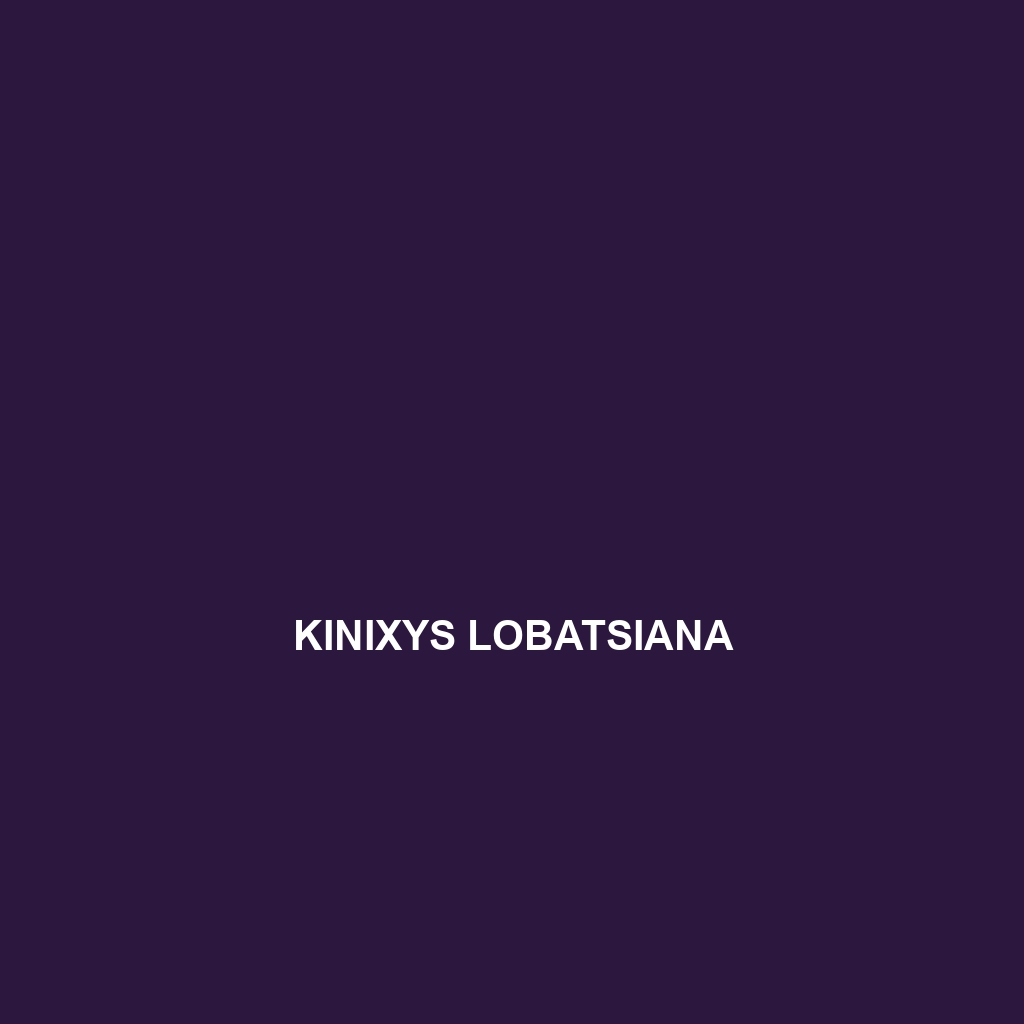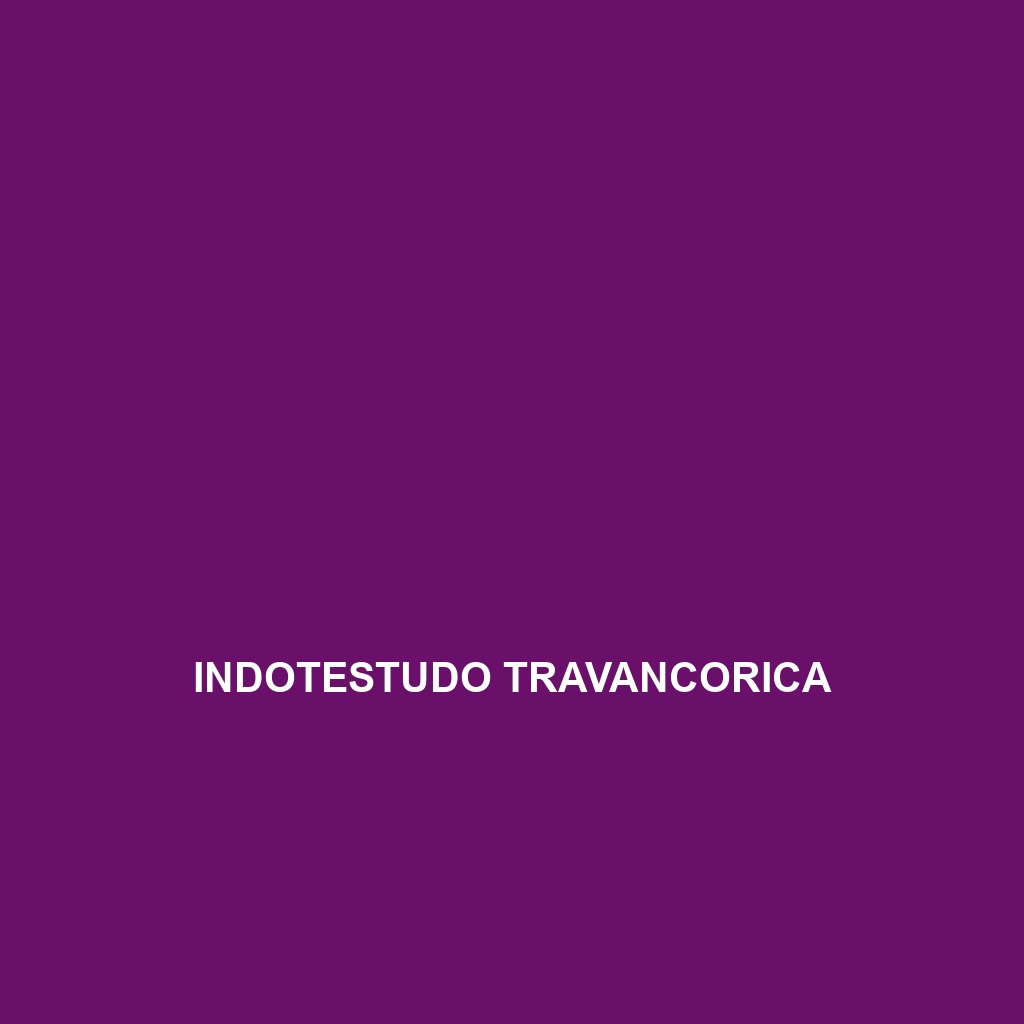Discover the Manouria impressa, also known as the Asian giant tortoise, a robust species native to the tropical forests of Southeast Asia. With a distinctive high-domed shell and unique behaviors, this herbivore plays a vital role in its ecosystem as both a seed disperser and a significant part of the food web.
Tag: tortoise conservation status
Kinixys homeana
<p><b>Kinixys homeana</b>, or the Home's hinged tortoise, is a unique herbivorous species native to the humid rainforests and savannas of Central and West Africa. Notable for its distinctive hinged plastron, which allows it to close its shell completely for protection, this tortoise has a lifespan exceeding 50 years in captivity and plays a crucial role in maintaining ecosystem balance through seed dispersal.</p>
Kinixys erosa
<b>Kinixys erosa</b>, also known as the East African Spurred Tortoise, is a resilient herbivorous species found in East Africa's diverse habitats, characterized by its distinctive high domed carapace, strong limbs, and impressive adaptability. This <b>vulnerable</b> tortoise, known for its longevity and unique mating behaviors, plays a vital role in its ecosystem through seed dispersal and vegetation management.
Indotestudo forstenii
<strong>Indotestudo forstenii</strong>, or Forsten's tortoise, is a vulnerable species native to the tropical rainforests of Southeast Asia, characterized by its dark brown to olive green dome-shaped shell and herbivorous diet. Primarily terrestrial and exhibiting a mix of diurnal and nocturnal behaviors, this tortoise plays a crucial role in seed dispersal and maintaining ecosystem health.



